Whether you’re a Dodge fan and prefer Panther Pink sprayed on your cars, or a Plymouth fan who’s fond of cars painted Moulin Rouge, the colors and results are the same: a shockingly bright hue that had never been seen on a production automobile before January 1970.
Chrysler Corp. had a history of introducing special spring colors, and in early 1970, Dodge and Plymouth added the hot pink shade to their lists of High Impact colors. Although the colors and corresponding codes were the same from Dodge to Plymouth, the extra-cost High Impact colors had different names that were notably catchy by taking advantage of slang and phrases of the day. Names for some of the High Impact colors were Plum Crazy (Dodge) and In-Violet (Plymouth) for purple, Top Banana (Dodge) and Lemon Twist (Plymouth) for bright yellow, and Green Go (Dodge) and Sassy Grass (Plymouth) for a medium green. When the wild hot-pink color was added, Dodge named it “Panther Pink” while Plymouth called it “Moulin Rouge.” Both carried the code FM3, and the color added $14.05 to a 1970 Dodge’s sticker price.
High Impact FM3 Panther Pink made its way onto Chrysler Corp. showroom floors by the early spring of 1970. Then it vanished from the scene about as soon as it arrived, having been removed from regular production in the summer of 1970 and becoming a special-order-only color into the 1971 model year. By the time the spray gun was empty, experts estimate that Panther Pink had been applied by Chrysler to only a few hundred cars. Despite its short-lived tenure, it made a lasting impact on MoPar collectors. Furious Fuchsia was released by Chrysler in 2010 as an updated, special-edition 40th anniversary tribute and throwback to 1970, when Chrysler introduced the iconic Panther Pink. Furious Fuchsia has been described as the closest color hue to Panther Pink in the pink color family.
Today, there are many fans of Panther Pink, but an entire car painted in the color can be a bit much. However, Panther Pink is striking when paired with a full white vinyl top. With a white vinyl top, a Panther Pink car maintains its “wow factor,” but gains class and perhaps a little sophistication.
Then and now, Panther Pink is a polarizing color, which made it rare in the early 1970s. Due to attrition and its wild nature, those few original Panther Pink cars have become very desirable. An already aggressive-looking and desirable muscle car painted Panther Pink is doubly rare and desirable. This 1970 Dodge Charger R/T 440 Six Pack car with its High Impact color is one such muscle machine.
While many might think of muscle cars as a man’s game, the truth is a little less patriarchal. There were certainly women interested in going fast in an aggressive-looking machine. Today, we cannot be certain why the factory built this V-Code 440 Six Pack Charger in such a wild color as a sales bank model (meaning no dealership specified it this way), but perhaps it was to allow a young-at-heart lady a chance to stomp on the bad boys on a Saturday night or during a cruise to the shore.
While walking with Tim Wellborn through the Wellborn Musclecar Museum that he and his wife Pam opened during 2000 in Alexander City, Ala., we came up on their Panther Pink 1970 Dodge Charger R/T 440 Six Pack. We stopped at the car and Tim mentioned how the pink Charger was one of Pam’s all-time favorite muscle cars, and that it had been in their collection for nearly 20 years. According to 1970chargerregistry.com, there were 28 Charger R/T models painted Panther Pink in 1970. Tim said only two of those Panther Pink Charger R/Ts are documented as being Six Pack cars, and he would know. When it comes to researching automobiles and learning their history — such as when, where and how many were built — Tim does his homework. He and his team go to great lengths to gather the facts. Further aiding their research on this car are two broadcast sheets indicating the car’s options. They also know the car was originally sold through King Dodge in St. Louis, Mo.
Chrysler Corp. produced this Charger R/T at its St. Louis assembly plant on July 10 — rather late in the 1970 model year — with both left and right outside sport mirrors, a tinted windshield and front and rear bumper guards, among its many options. The Panther Pink FM3 paint finish is offset with the white R/T longitudinal tape stripe white side, optional white vinyl top and plush premium-grade vinyl interior upholstery with charcoal-tone houndstooth inserts. The interior is further complemented by the optional center console for the automatic transmission and standard R/T simulated walnut applique on the instrument panel and console. Passengers are treated to tunes and talk from an AM radio.
The Wellborns’ Panther Pink 1970 Dodge Charger 440 R/T was restored by Dale Gyorvary. During its lifetime, the Charger had been well cared for, and it retains its original “born with” 390-hp 440-cid V-8 with the three two-barrel Holley carburetors that give it its “Six Pack” moniker. The Charger was further built with the tried-and-true combination of Chrysler’s A727 TorqueFlite automatic transmission and 8-3/4 rear differential with 3.23 gearing. It sports five-spoke road wheels and Goodyear Polyglas tires for that tough early-’70s muscle car look.
Between the Six Pack 440 and its Panther Pink paint, this beautiful Charger R/T is both a handful and an eyeful.
Dodge’s winner returns
The Dodge Charger was slightly revised for the 1970 model year. It was the last model year of the second-generation Charger, which had begun in 1968. The 1970 Charger remained available only as a two-door hardtop with its Coke-bottle shape and “flying buttress” C pillars, but now featured a new wraparound chrome bumper with a grille that continued to hide the headlamps although it was no longer vertically divided in the center. New electric headlamp doors replaced the old vacuum-style doors. The taillamp lenses were similar to those on the ’69 model, but 1970 Charger 500 and R/T models had unique trim that encircled both taillamp lenses, making them appear to be one large, single lens. On the R/T, new rear-facing scoops with “R/T” badges were mounted on each door, over the door scallops. A new “440” or “HEMI” hood graphic made the option list for this year only, but was not often seen. With this option, Dodge painted the hood scallop inserts black and put silver engine call-outs on top.
Interior changes for 1970 included new high-back bucket seats, revised door panels and map pockets that were now optional instead of standard. The ignition was moved from the instrument panel to the steering column (as with all Chrysler products this year), and the glove box was now hinged at the bottom instead of the top, as in 1968–’69.
For 1970, Dodge offered the standard Charger, the Charger 500 and the top-dog R/T model, the latter two models further available as SE models. Standard R/T equipment for 1970 included a four-barrel 440-cid Magnum V-8 with dual exhaust, heavy-duty drum brakes, F70x14 white sidewall tires, striping and a handling package that included special torsion bars, Firm Ride shock absorbers, heavier-duty rear springs and a front sway bar.
The 426-cid Hemi V-8 continued to be available, but only on the R/T, and a new engine choice — the 440 Six Pack — was added to the Charger R/T’s option list for 1970. With three two-barrel carburetors and a rating of 390 hp, it was one of the most exotic setups since the cross-ram Max Wedge engines of the early-to-mid 1960s. The Six Pack was previously used only in special high-performance Dodge Super Bees and Plymouth Road Runners in mid 1969. Despite this new engine, Charger production slipped to 46,576, mainly due to the popularity of the new E-Body Dodge Challenger pony car, as well as rapidly increasing automobile insurance rates.
The Charger’s production slip for 1970 came despite its successes on the track. In the 1970 NASCAR season, Bobby Isaac’s Charger had 10 wins — more than any other car, including the 1969 Charger Daytona and Plymouth Superbird — thus earning Isaac the Grand National Championship. Tim Wellborn and the Wellborn Musclecar Museum own Isaac’s K&K Insurance-sponsored #77 Charger race car. Along with the Panther Pink 1970 Charger R/T, the #77 Charger is a fan favorite at the museum and when shown at public events.
The Wellborn Musclecar Museum
Tim and Pam Wellborn opened their Wellborn Musclecar Museum to the public in 2010. From its location in Alexander City, Ala., it’s devoted to the great American automobiles of the 1960s and 1970s. The collection showcases such classics as the Charger, the Road Runner and the Super Bee, making it the nation’s largest high-performance MoPar collection.
Owners Tim and Pam Wellborn have been muscle car collectors since their early teenage years. While still in high school, Tim’s father ordered a new 1971 Dodge Hemi Charger after going to the dealership in late 1970. That 1971 Hemi Charger now greets guests walking into the museum, which was originally a Chevrolet dealership upon its construction in the 1940s. (Look for a feature on this 1971 Hemi Charger in Old Cars’ 2024 Father’s Day issue.)
Wellborn Musclecar Museum
124 Broad Street
Alexander City, AL 35010
http://wellbornmuseum.squarespace.com
256-329-8474
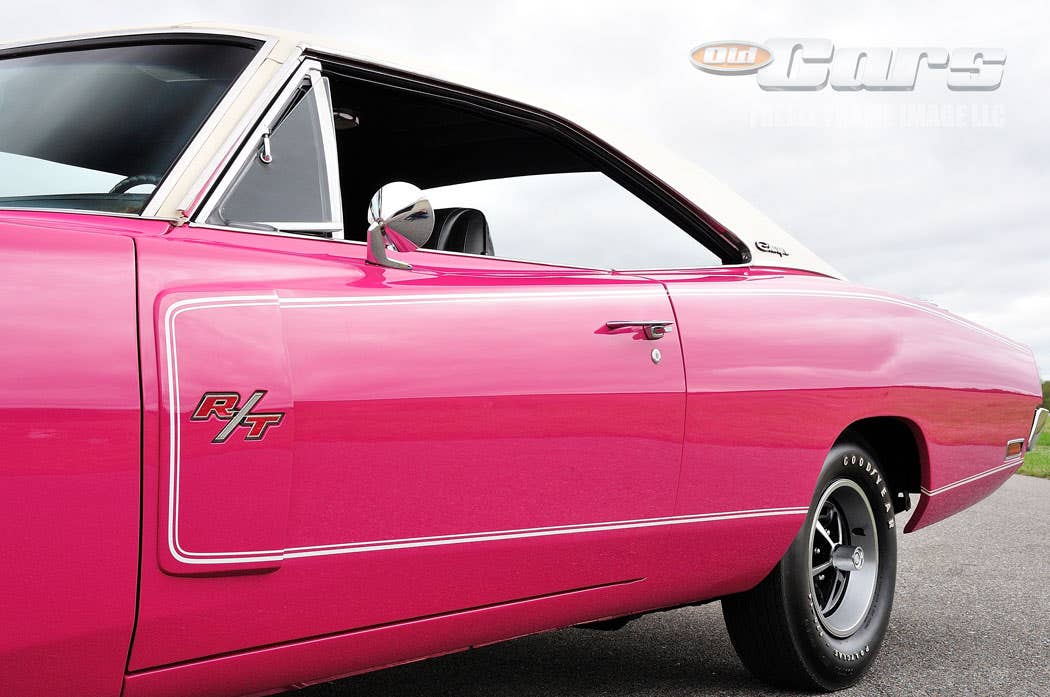
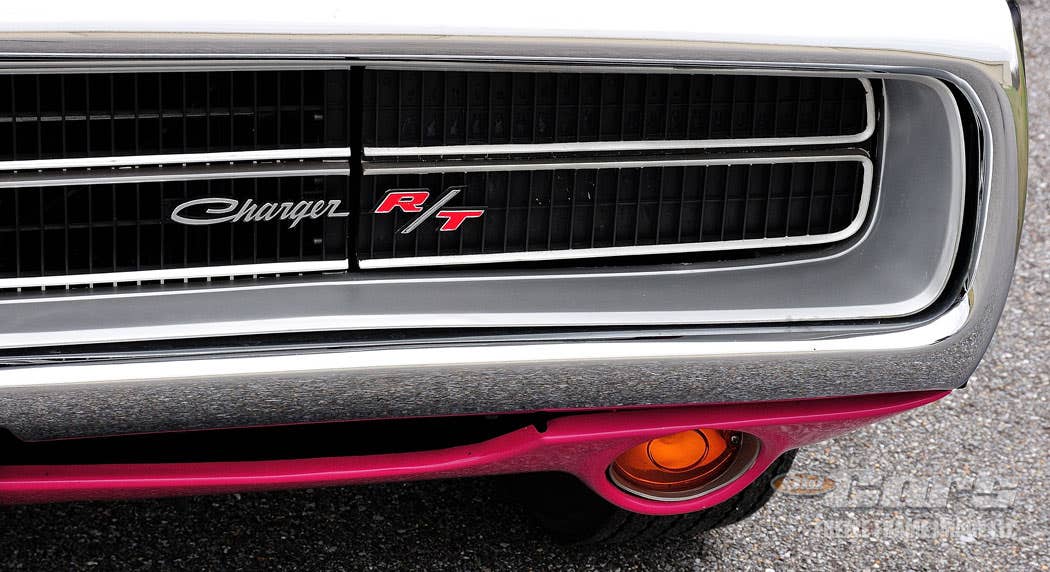

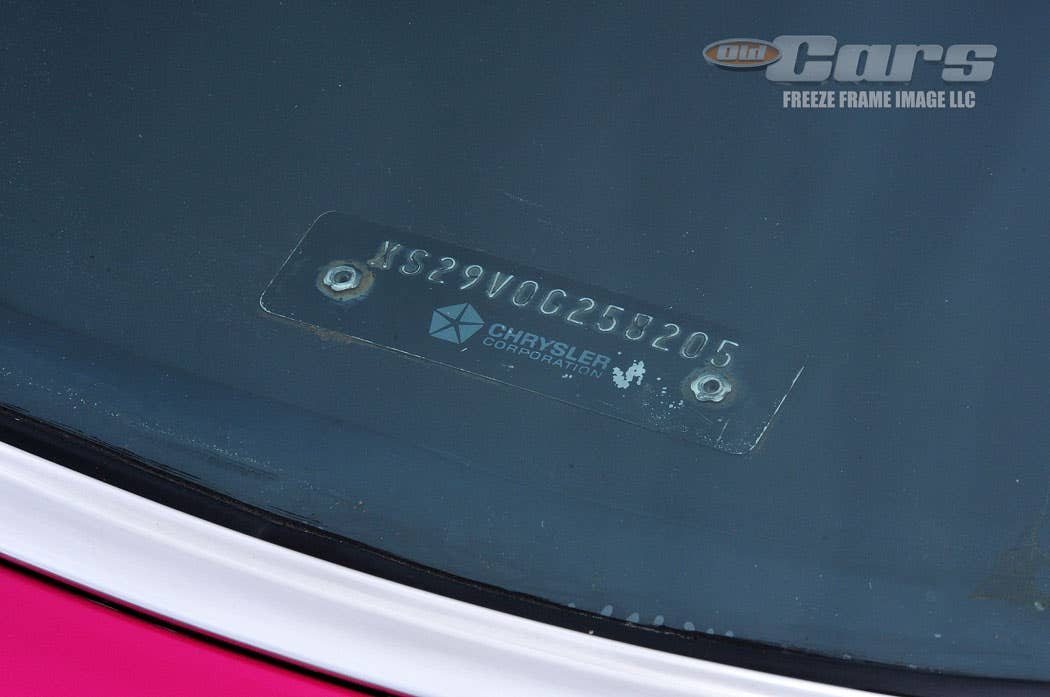
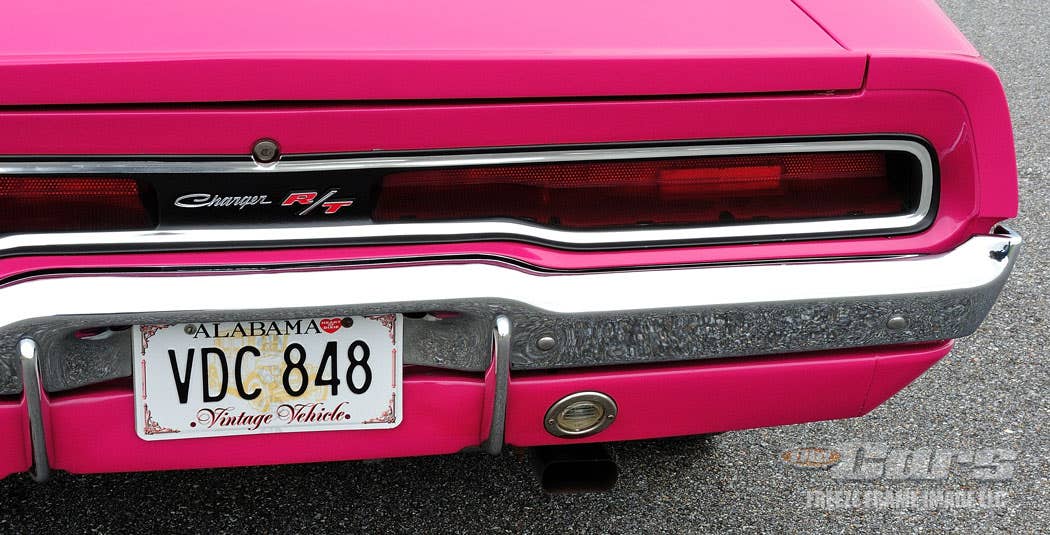

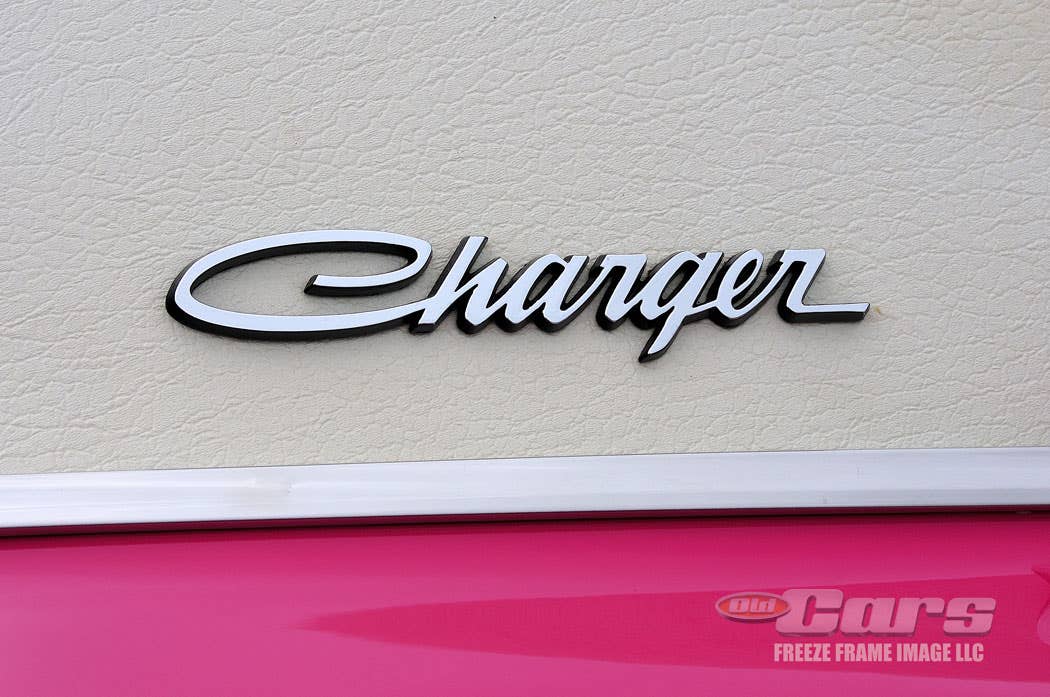
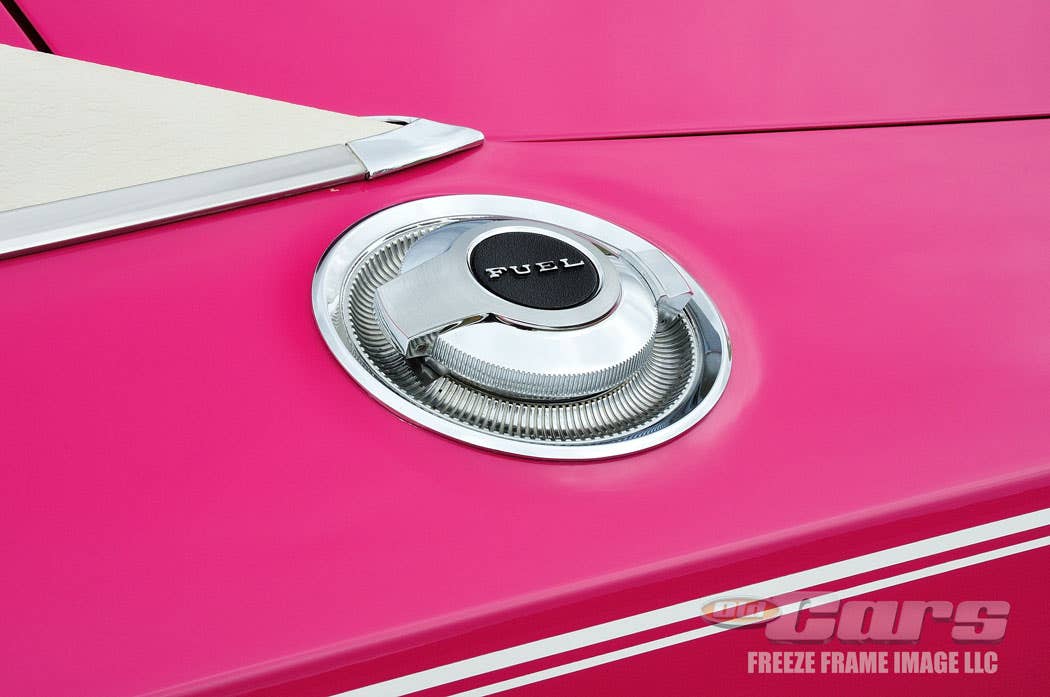
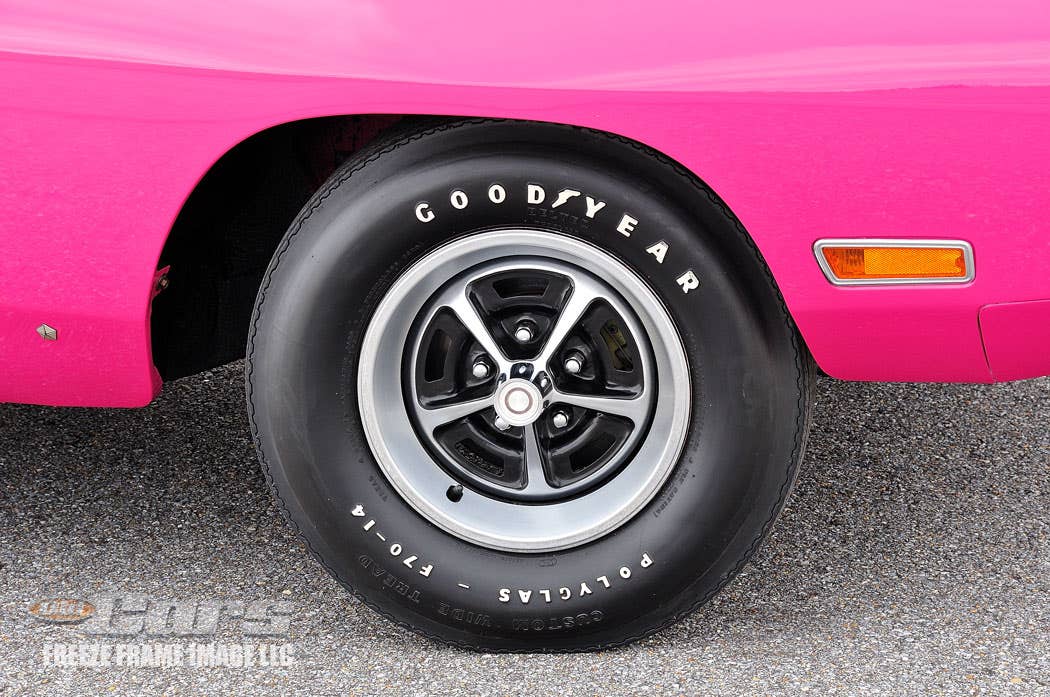
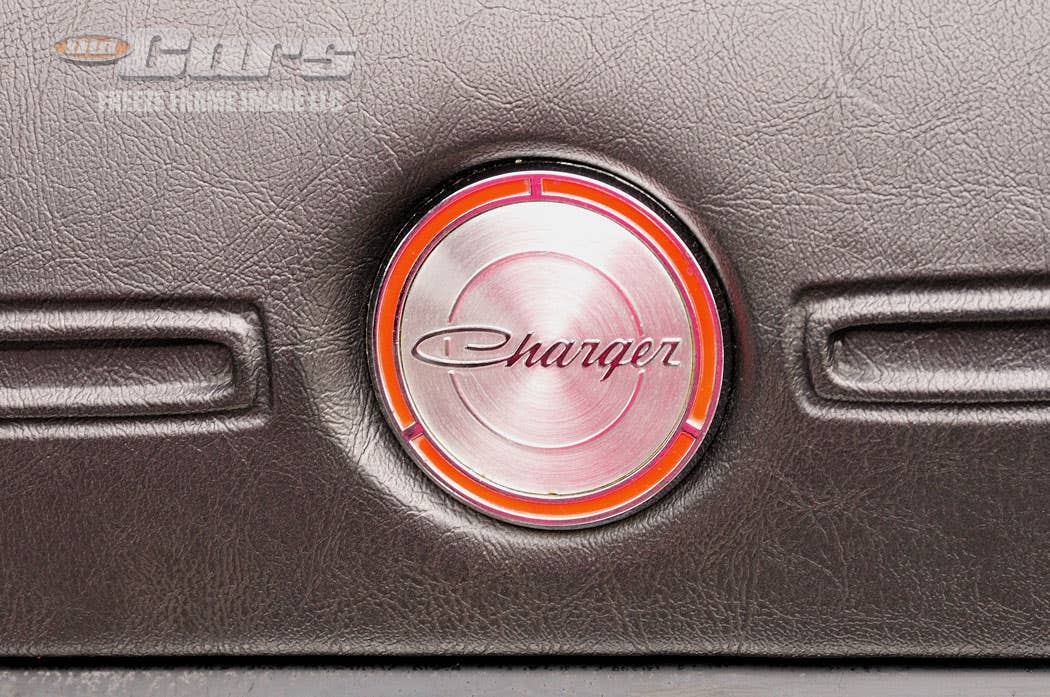
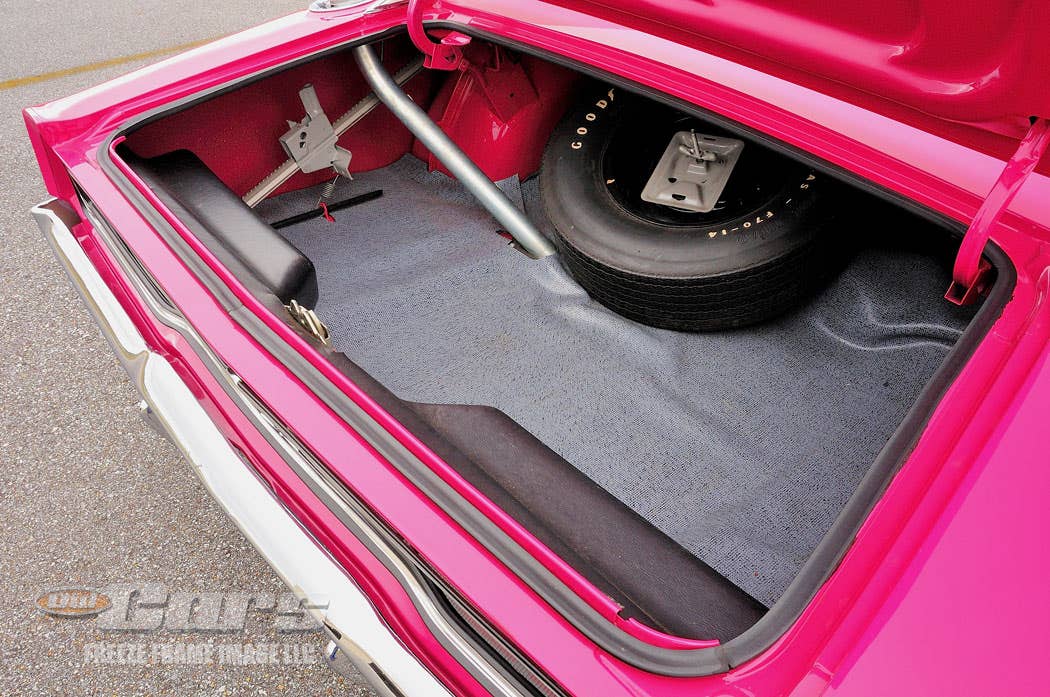
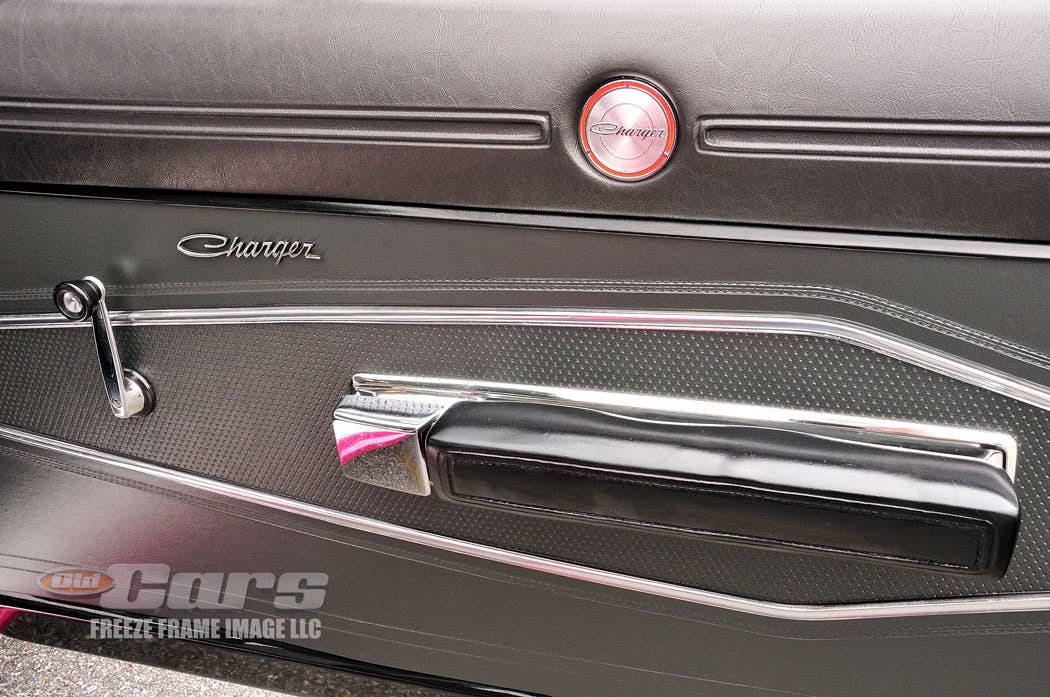
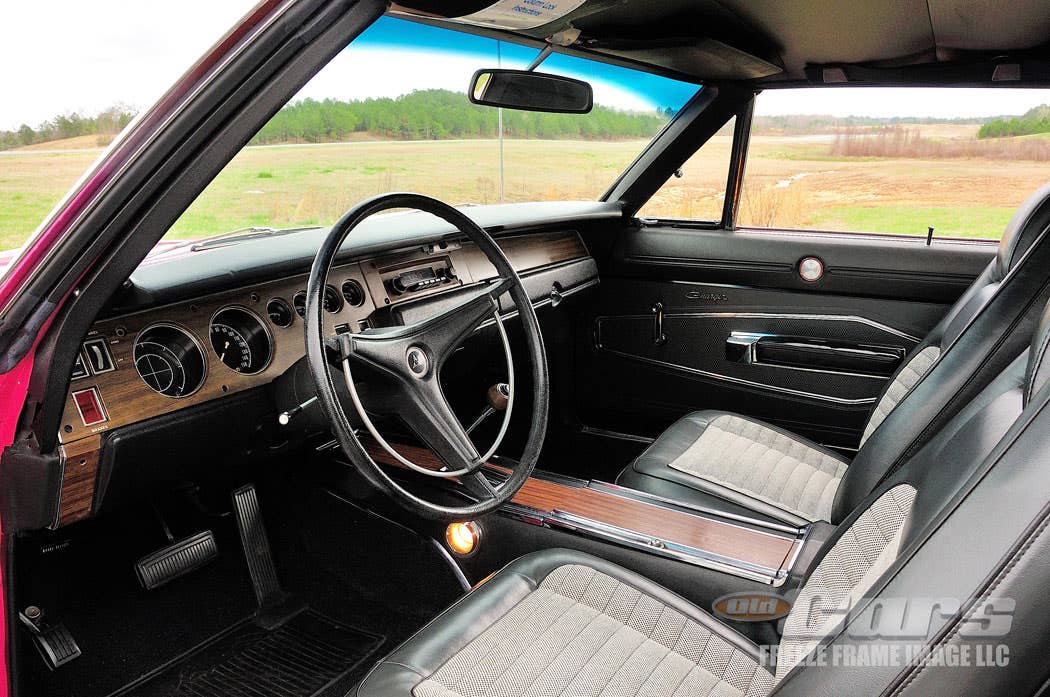
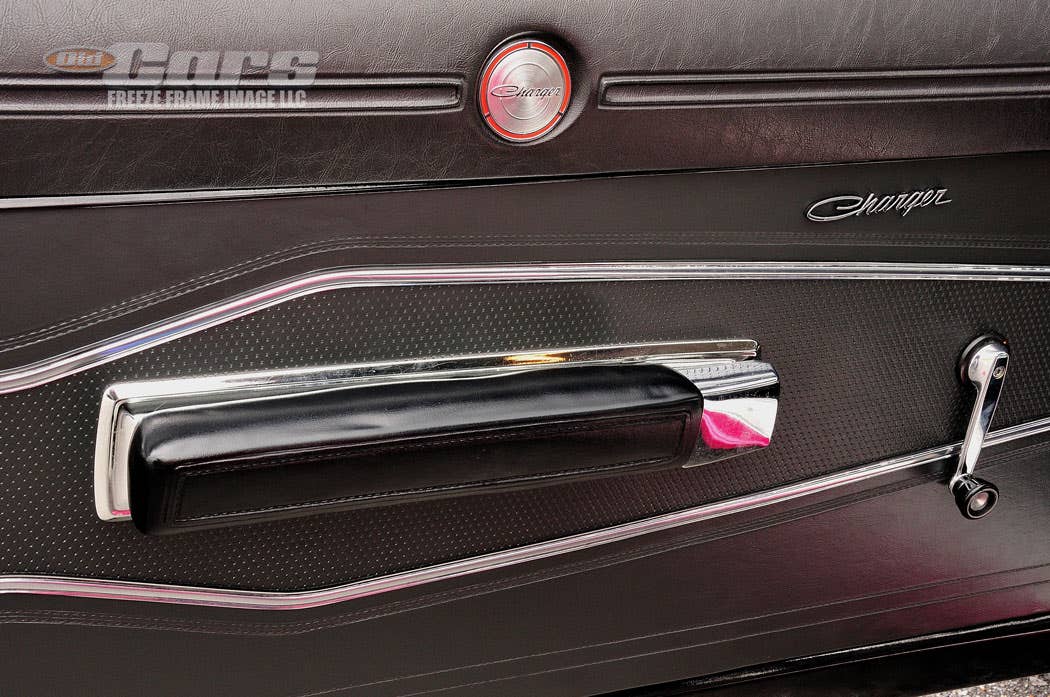
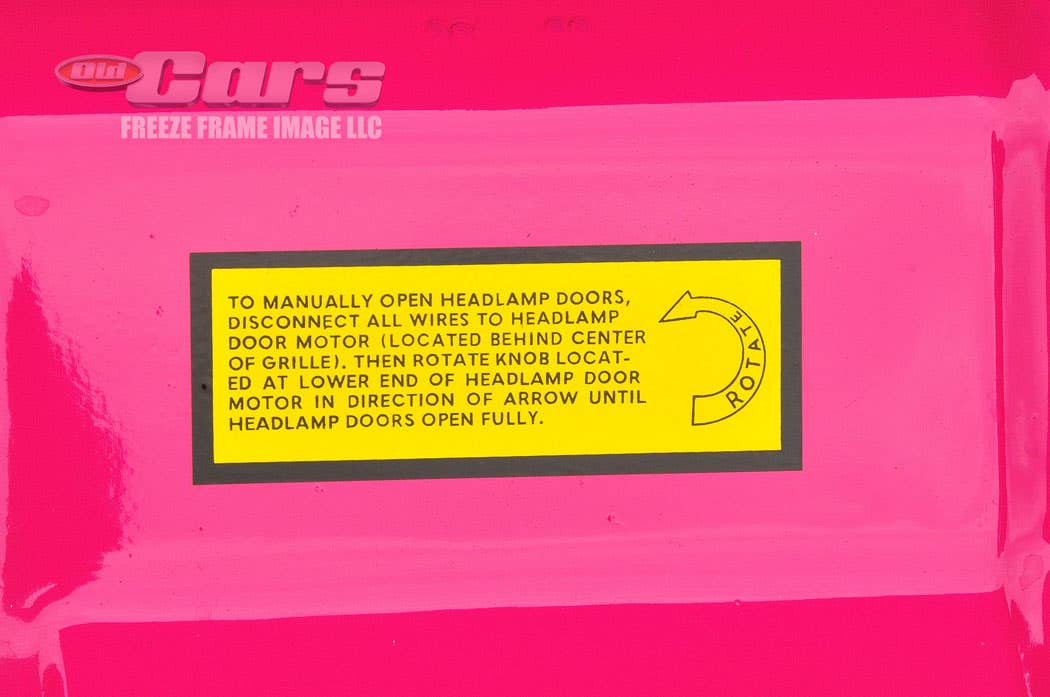

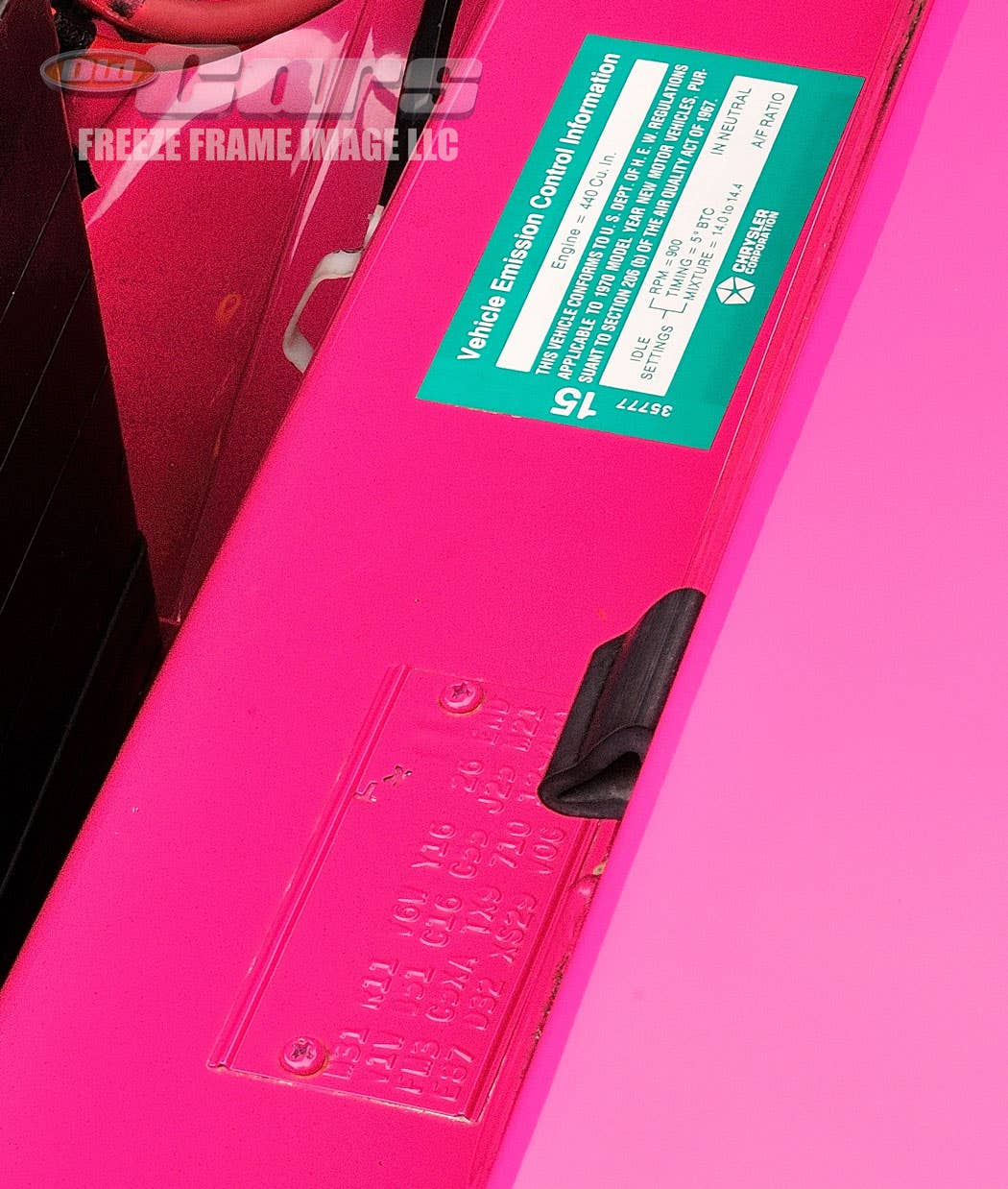
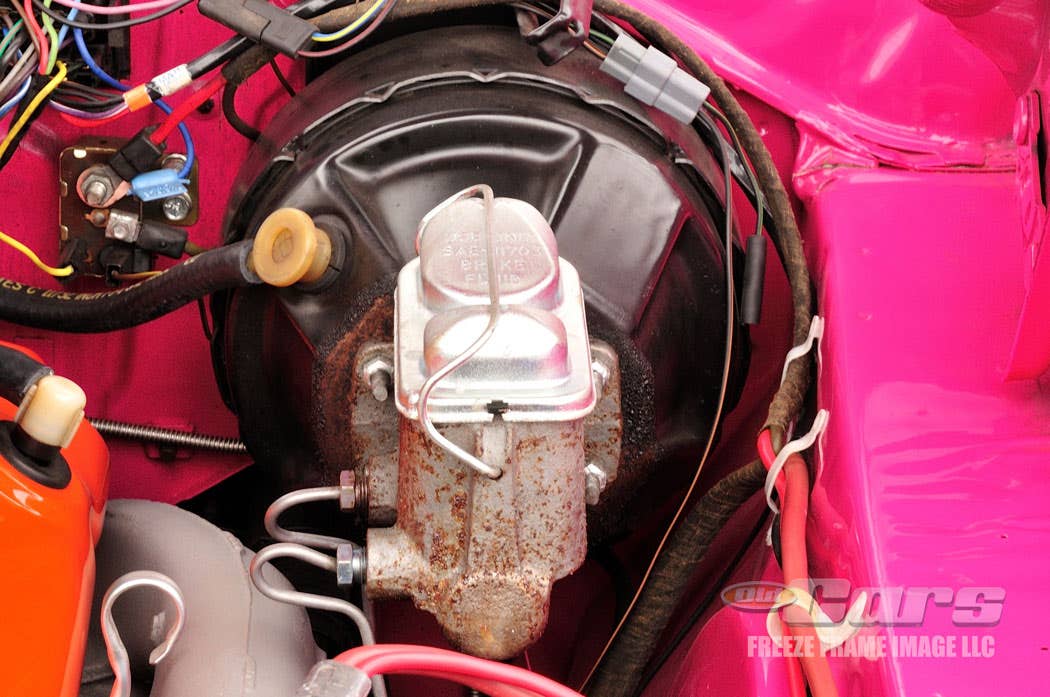
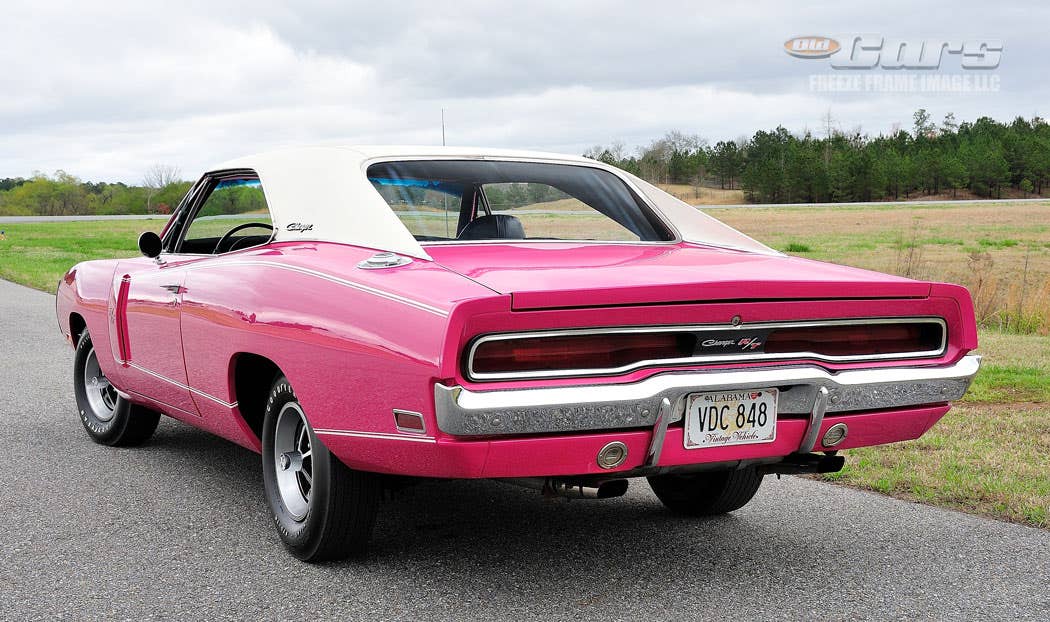

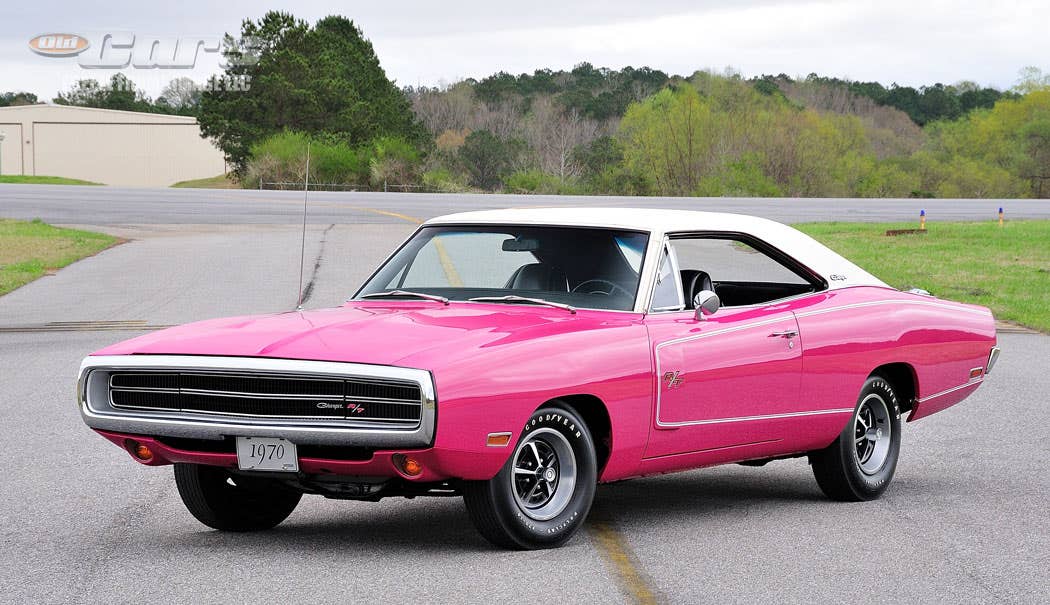
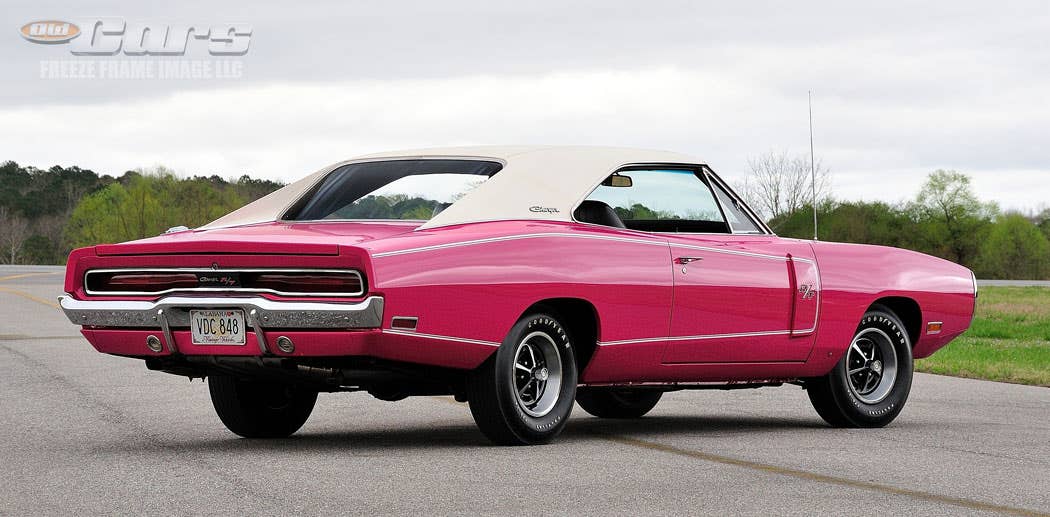
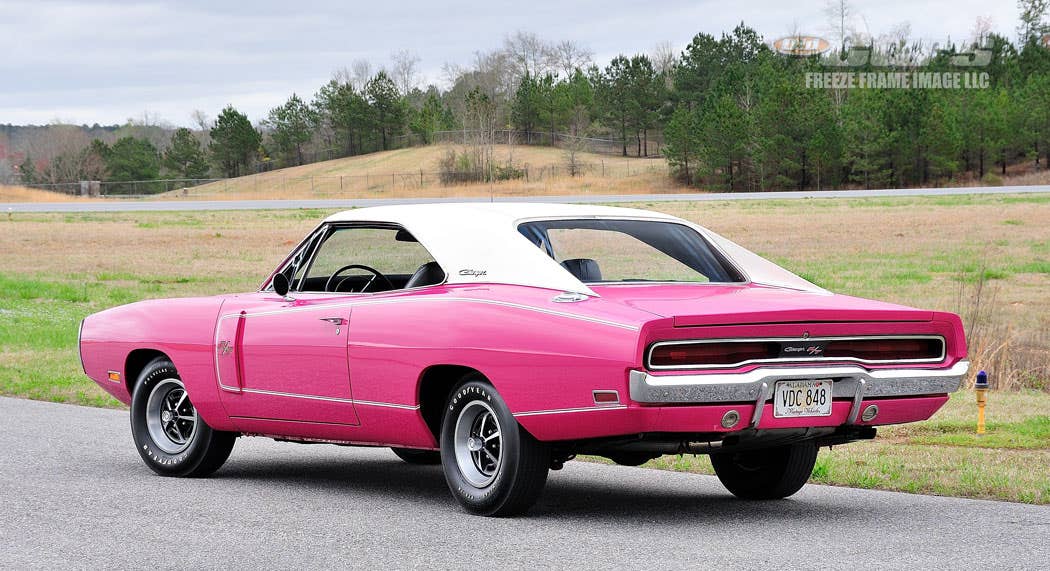
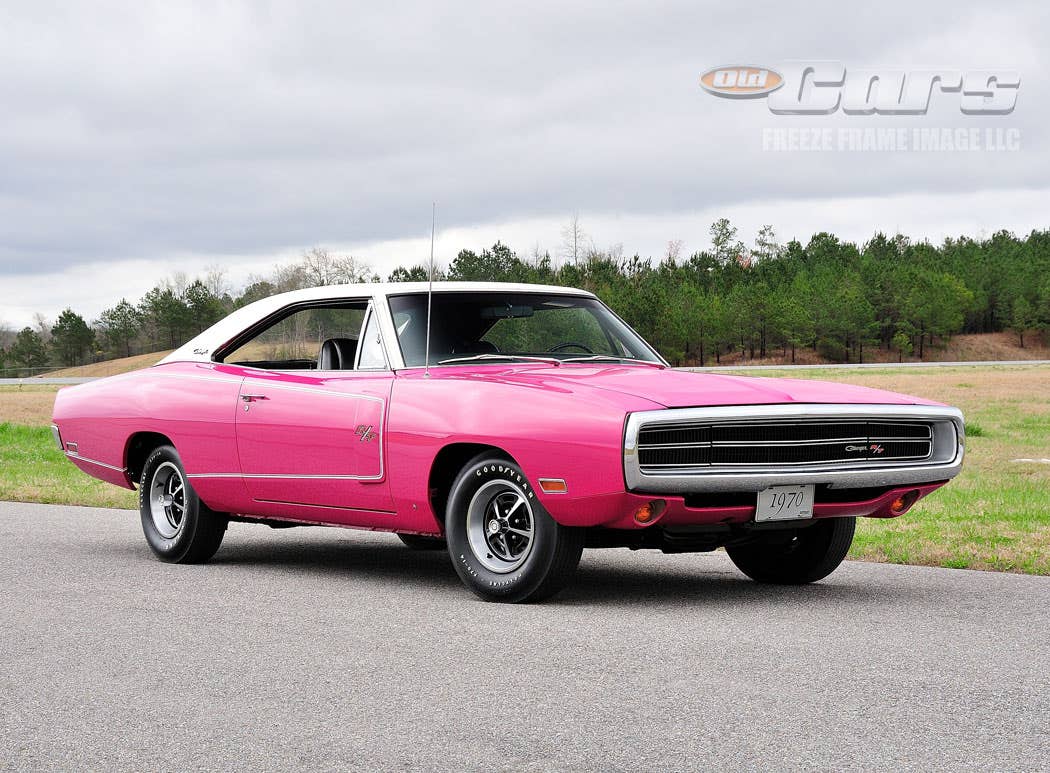
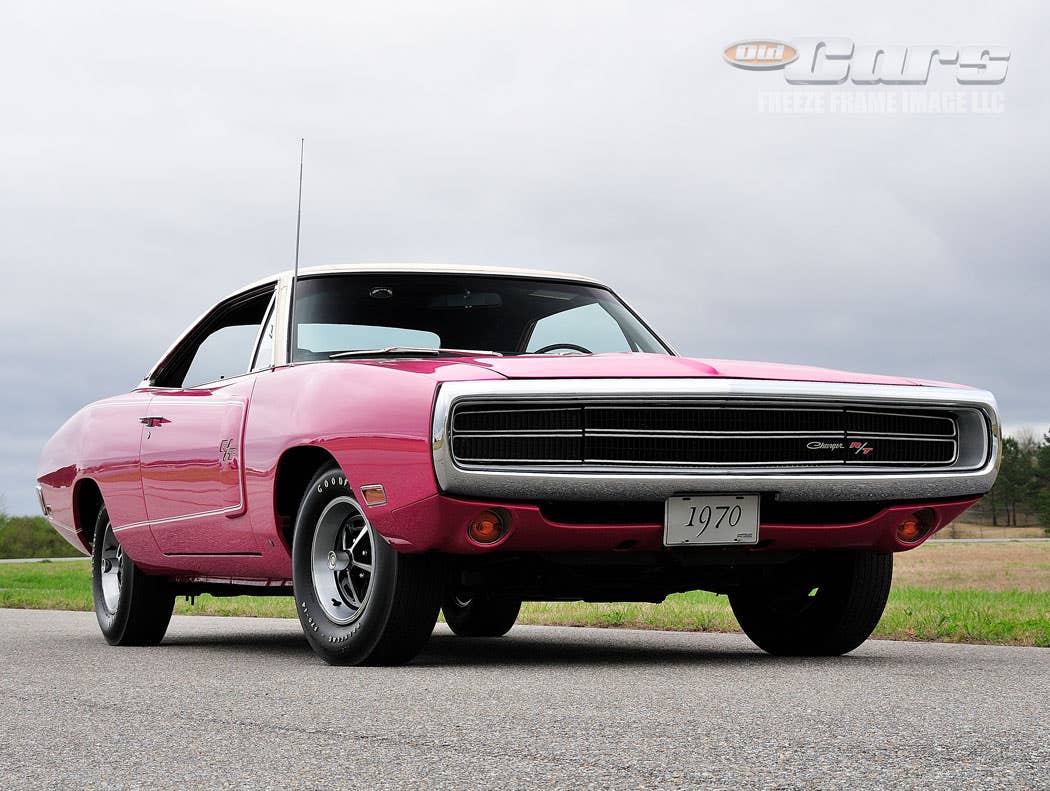
SHOW US YOUR WHEELS!
If you’ve got an old car you love, we want to hear about it. Email us at oldcars@aimmedia.com
If you like stories like these and other classic car features, check out Old Cars magazine. CLICK HERE to subscribe.
Want a taste of Old Cars magazine first? Sign up for our weekly e-newsletter and get a FREE complimentary digital issue download of our print magazine.
*As an Amazon Associate, Old Cars earns from qualifying purchases.








